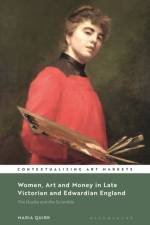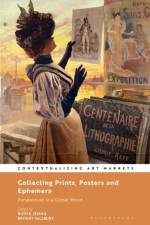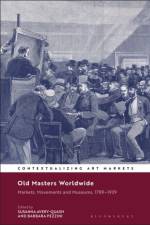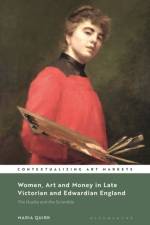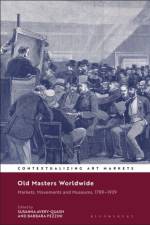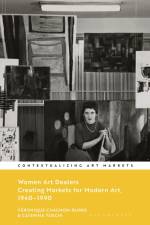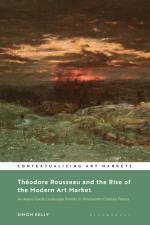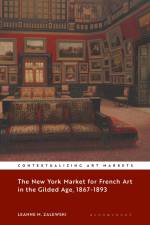- Perspectives in a Global World
2 081
Why did collectors seek out posters and collect ephemera during the late-nineteenth and the twentieth centuries? How have such materials been integrated into institutional collections today? What inspired collectors to build significant holdings of works from cultures other than their own? And what are the issues facing curators and collectors of digital ephemera today? These are among the questions tackled in this volume-the first to examine the practices of collecting prints, posters, and ephemera during the modern and contemporary periods. A wide range of case studies feature collections of printed materials from the United States, Latin America, France, Germany, Great Britain, China, Japan, Russia, Iran, and Cuba. Fourteen essays and one roundtable discussion, all specially commissioned from art historians, curators, and collectors for this volume, explore key issues such as the roles of class, politics, and gender, and address historical contexts, social roles, value, and national and transnational aspects of collecting practices. The global scope highlights cross-cultural connections and contributes to a new understanding of the place of prints, posters and ephemera within an increasingly international art world.

